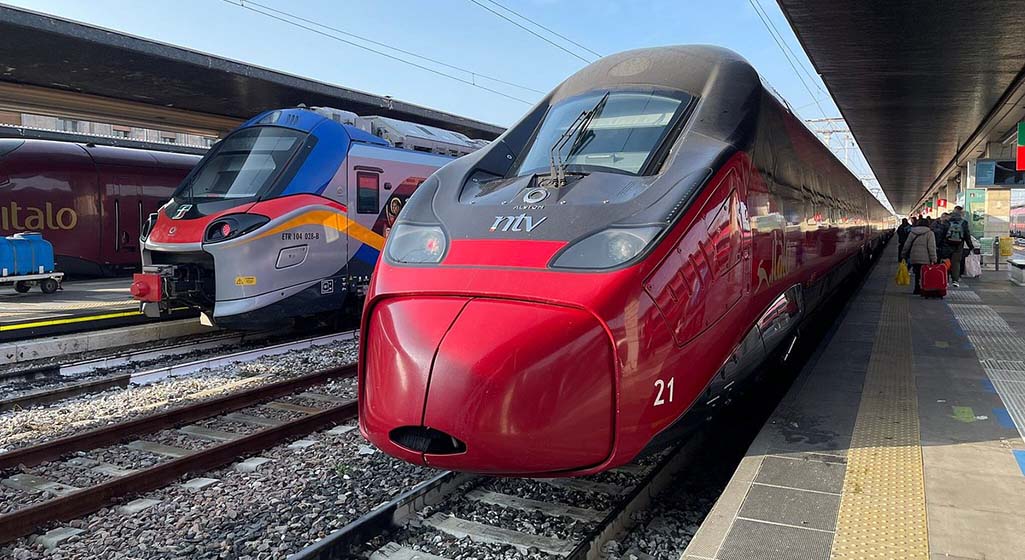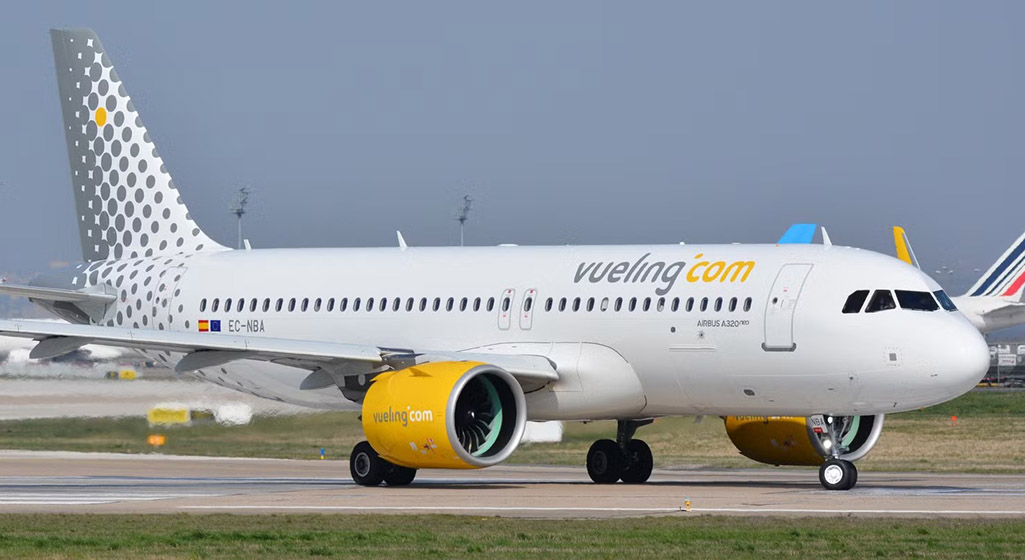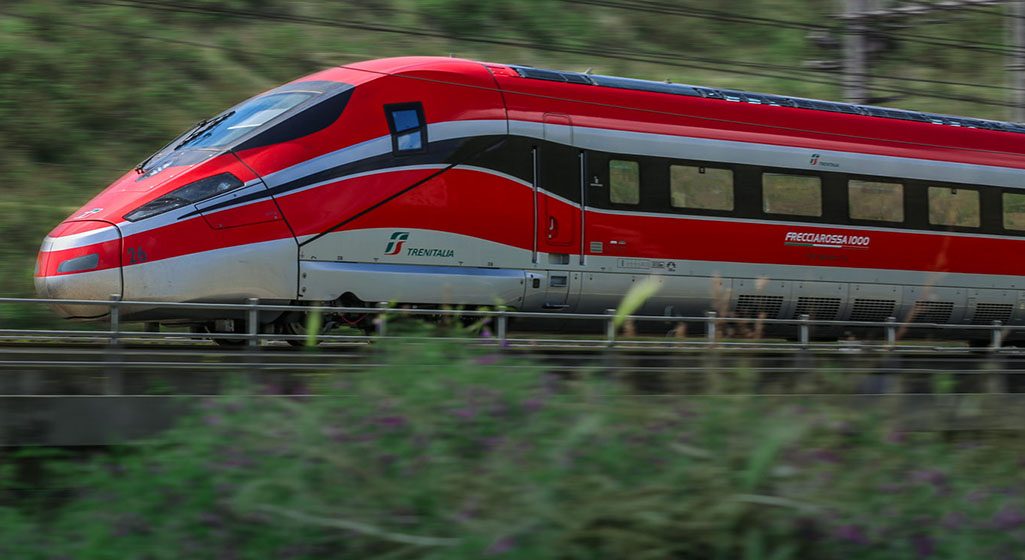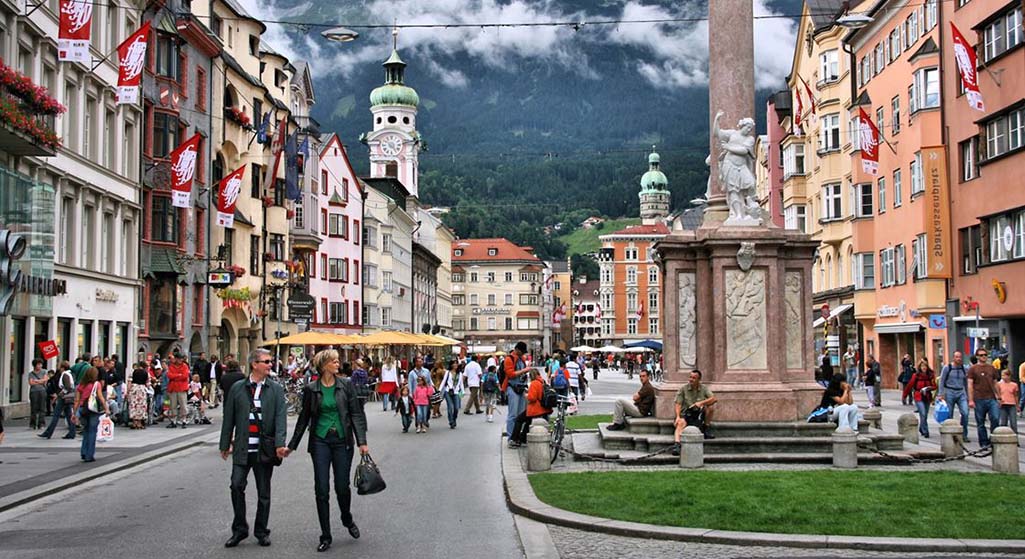Florence (Firenze) is one of the most culturally and historically significant cities not only in Italy but also across all of Europe. Nestled in the heart of Tuscany, this magnificent city is widely regarded as the birthplace of the Renaissance—a period that profoundly shaped Western art, architecture, politics, and philosophy. The city boasts an extraordinary concentration of world-class museums, centuries-old cathedrals, and architectural masterpieces such as the Florence Cathedral (Duomo), Uffizi Gallery, and Ponte Vecchio. With its romantic charm, artistic treasures, and rich historical layers, Florence draws millions of visitors from around the world each year, eager to walk in the footsteps of legends like Leonardo da Vinci, Michelangelo, and Dante Alighieri.
When planning a trip to Florence, one of the key considerations for travelers—especially those already within Italy—is determining the best and most efficient way to reach the city. Given that Florence is not a major international flight hub like Rome or Milan, most domestic and regional travelers must choose between high-speed rail and air travel for their journey. Factors such as travel time, cost, convenience, comfort, and proximity to city centers all come into play. As a result, selecting the ideal transportation method often depends on individual itineraries, personal preferences, and logistical priorities.
I. Overview of Major Departure Cities in Italy
Before delving into a detailed comparison between high-speed trains and flights, it’s essential to understand the major departure cities, which are not only tourist hotspots but also important transport hubs in Italy’s network to Florence.
- Rome: The capital of Italy, featuring two airports (Fiumicino – FCO, Ciampino – CIA) and a major railway hub (Termini Station).
- Milan: A key northern city and international flight hub, served by Malpensa (MXP) and Linate (LIN) airports.
- Venice: The famous water city, with Marco Polo Airport (VCE), and trains departing from Santa Lucia Station.
- Naples: A major city in southern Italy with convenient transport options.
- Bologna: Very close to Florence, with a high-speed train taking only about 30 minutes.
II. High-Speed Train: A Fast and Comfortable Choice
In Italy, high-speed trains are one of the most efficient and enjoyable ways to travel, especially when heading to major cities like Florence. Italy’s high-speed rail network spans the country, connecting top tourist cities with frequent and punctual service, making it one of the most convenient in Europe.
1. Trenitalia and Italo Overview
Italy’s high-speed rail market is dominated by two major operators:
- Trenitalia: The national railway company, offering services like Frecciarossa (Red Arrow), Frecciargento (Silver Arrow), and Frecciabianca (White Arrow). Frecciarossa is the fastest, reaching speeds of up to 300 km/h, with modern carriages and four classes, including business and executive, ideal for those seeking extra comfort.
- Italo: A private operator by NTV, known for its upscale brand image and excellent service. All Italo trains are high-speed, with modern designs, spacious seating, personal power outlets, free Wi-Fi, and lounges. The “Prima” and “Club Executive” classes offer extra legroom and complimentary refreshments, perfect for long-distance trips.

2. Major Routes and Travel Times
Here are some key high-speed rail routes and their average durations:
- Rome to Florence: ~1 hour 30 minutes, passing through the scenic Umbrian and Tuscan countryside — one of the most popular routes.
- Milan to Florence: ~1 hour 45 minutes, linking Italy’s fashion capital to the heart of the Renaissance.
- Venice to Florence: ~2 hours, offering beautiful window views — great for travel photography.
- Naples to Florence: ~2 hours 40 minutes, connecting north and south Italy, avoiding long car rides.
- Bologna to Florence: ~35 minutes, ideal for a day trip.
Most trains stop at centrally located stations such as Florence’s Santa Maria Novella, within walking distance to major attractions.
3. Advantages of High-Speed Rail
- Efficient and Convenient: Train stations are in city centers, avoiding long airport transfers and security checks.
- Frequent Departures: During peak hours, there are trains every 20–30 minutes from 6 AM to 10 PM, allowing flexible travel planning.
- Comfortable Experience: Spacious seating, quiet cars, reading lights, adjustable seats, and stable rides make trains ideal for relaxing or working on the go.
- Eco-Friendly: High-speed trains emit significantly less CO₂ than airplanes, making them a more sustainable travel choice.
4. Ticket Pricing and Booking Tips
- Price Structure: Prices vary based on class, time of booking, and time of travel. Booking early often gets you the best deals, especially for “Super Economy” and “Economy” fares.
- Booking Methods: It’s recommended to use the official Trenitalia or Italo websites or apps. These support multiple languages and various payment options (credit card, PayPal, etc.).
- Seat Classes:
- Standard / Smart: Budget-friendly, basic but clean.
- Premium / Comfort: More space, snack service.
- Business / Prima: Ideal for business travelers, with welcome drinks and more privacy.
- Executive / Club: Leather seats, quiet environment, exclusive services — perfect for VIP or business use.
Book 2 to 4 weeks in advance for the best prices and to secure seats, especially during holidays and peak tourist seasons.
III. Air Travel: Best for Long Distances and Connecting Flights
Although Florence has a small regional airport (Amerigo Vespucci Airport, FLR), it primarily handles short-haul domestic and select European flights. It’s not a major international hub, so for travelers flying from Milan, Rome, Naples, or arriving internationally, careful consideration of the overall travel process—flight duration, airport logistics, and boarding protocols—is essential. Flying can still be a convenient option under the right circumstances, especially for those who value direct transfers from international flights or are starting their Italian journey from more distant cities.
1. Routes and Airports
- Milan to Florence: There are a few direct flights available, typically served by budget or regional carriers, but the majority involve a short transfer, often in Rome or via Pisa. While flying may seem fast, it’s generally only time-efficient when coordinated with international arrivals at Milan’s Malpensa Airport.
- Rome to Florence: This route is among the few with relatively consistent direct flights. The actual flight time is around 55 minutes, but total travel time should include transport to/from airports and potential waiting periods.
- Venice and Naples: These cities typically do not have direct flights to Florence. Passengers must transit through other hubs such as Rome or Milan, which increases complexity and travel time, making trains a more practical alternative for most travelers.
2. Flight Process and Time Considerations
- Early Arrival: As with all air travel, passengers should arrive at the airport at least 2 hours prior to departure, especially in high season, to allow time for check-in, baggage drop, security screening, and potential delays.
- Total Travel Time: Though the in-air portion may take under an hour, airport transfer times (often 45 minutes to an hour each way), security checks, and boarding protocols can easily add 3–4 hours to the journey, sometimes exceeding total high-speed train travel time.
- Post-Arrival Transfer: Upon arrival at Florence Airport, reaching the city center takes approximately 20–30 minutes by taxi or tram. The airport tram (T2 line) runs every few minutes and connects directly to Santa Maria Novella train station, offering an economical option for travelers with light luggage.

3. Advantages of Flying
- Better for International Connections: If you’re landing in Italy on a long-haul flight, particularly at Milan Malpensa (MXP) or Rome Fiumicino (FCO), continuing to Florence via a connecting domestic flight may be more straightforward than navigating train schedules with luggage, especially after a long journey.
- Low-Cost Options: Budget carriers like Ryanair, EasyJet, and Vueling often run promotional fares that can be significantly cheaper than last-minute train tickets—especially when traveling with flexibility in dates and times.
- More Luggage Flexibility: Some airlines allow more checked baggage (especially legacy carriers like ITA Airways), which may be beneficial for travelers on longer trips. However, it’s crucial to verify baggage allowances in advance, as budget airlines may charge high fees for checked bags and even large carry-ons.
4. Booking Flights and Pricing
- Flight Options: ITA Airways (formerly Alitalia), Ryanair, Vueling, and occasionally Lufthansa (via connections) offer short-haul options to Florence. Travelers should compare both national and regional airports when searching flights.
- Baggage Fees: Many budget airlines lure passengers with low base fares but charge extra for almost everything else, including seat selection, carry-on items, and checked luggage. Always read the fare conditions carefully to avoid surprises.
- Comparison Tools: Use platforms such as Google Flights, Skyscanner, or Momondo to compare routes, layovers, total duration, and prices across different airlines. These tools also allow users to filter by baggage allowance, airline rating, and more—making them ideal for finding the best travel deals and routes.
V. Special Situations and Travel Tips
- Traveling During Peak Season: Summer (June–September) and Christmas/New Year are high-demand times. Book train or plane tickets at least a month in advance to avoid price hikes and seat shortages.
- Consider a Travel Pass: For multi-city travel across Italy or Europe, passes like Interrail or Eurail can save money and offer flexibility.
- Be Flexible with Plans: In cases of strikes or severe weather, trains are less likely to be disrupted than flights. Leave some buffer time in your itinerary to avoid missing connections.
Whether you choose a high-speed train or flight, traveling within Italy to Florence is convenient and accessible. Trains are the preferred option for most due to their central locations, high frequency, comfort, and eco-friendliness. Flights, on the other hand, are better suited for travelers with specific needs or international connections.
When planning your trip to Florence, consider your schedule, budget, and travel preferences to choose the best mode of transportation. This way, you can enter the cradle of the Renaissance with ease and start your cultural journey in the most relaxed and enjoyable way possible.




